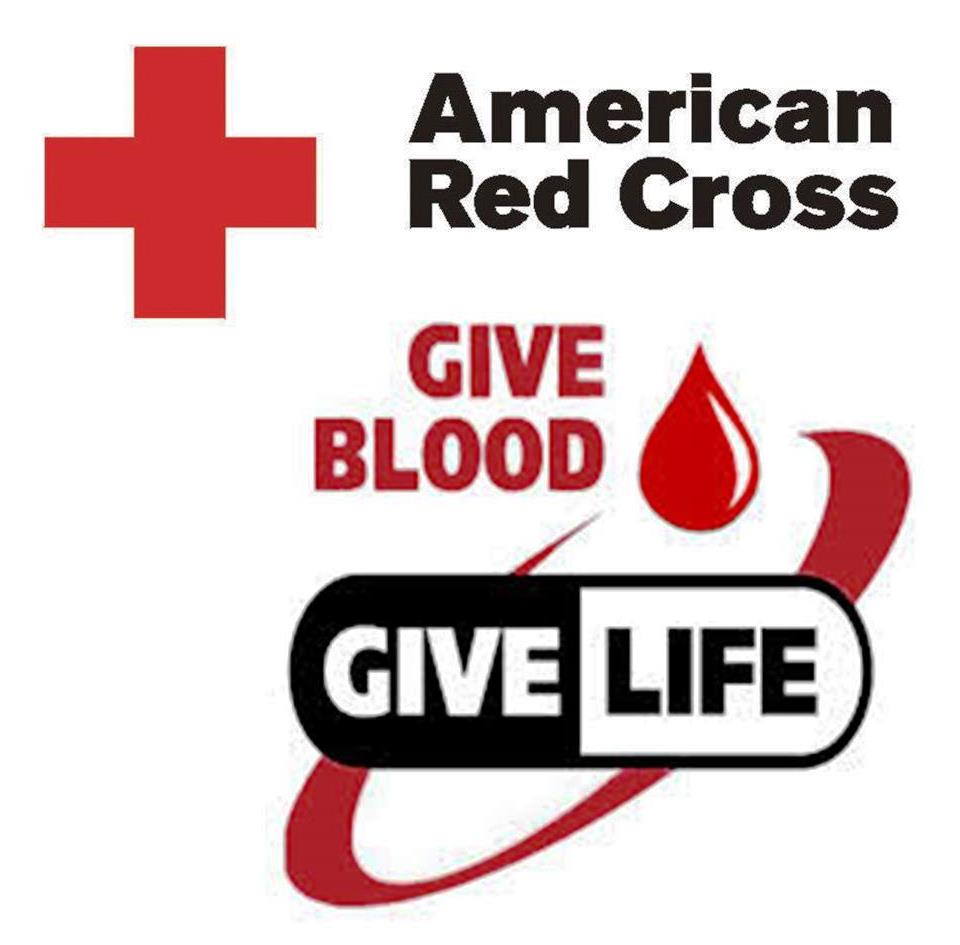

The major sources of information on blood donation were school (35.8%), health facilities (26.6%), and the media (30.6%). Over four-fifths of the study participants (327) had heard about blood donation in the past of which 104 (31.8%) have ever donated blood. This study was conducted to assess the level of intention of the general public in South-East Botswana towards blood donation and the factors associated with the intention. Hence, it is worthwhile to study the intention of community members for blood donation in Botswana to understand the situation and come up with evidence-based interventions. Demographic, knowledge status, and behavioral factors are shown to determine individuals' intention to donate blood.

Studies have demonstrated that the intention to donate blood predicts the practice of blood donation. The retention of blood donors as regular donors is critical to ensure regular supply of blood which is influenced by a range of factors, namely, demographic, psychosocial, altruism, social obligation, prior donation frequency, satisfaction with the last donation experience, and behavioral factors. Transmission of values to generations among family members practicing donation and the influence of active blood donors on others are also noted. Records show that 23,275 units of blood were collected in the year 2009 followed by a reduction to 20,401 units collected in 2010 and 16,562 units collected in 2011 (unpublished report by Botswana NBTS, 2012).Īltruism, social responsibility, peer influence, access to health communication, and knowledge about importance of blood donation are mentioned as some of the factors that motivate individuals to donate blood. According to Botswana National Blood Transfusion Services (NBTS), the country needs 36,000 units of blood annually. The gap between supply and demand for blood is wider in developing and transitional countries than in developed counterparts. The African continent managed to collect blood to satisfy only 41% of the demand in 2006. Globally, 70 countries have a blood donation level less than the optimal level of 10/1000 population. WHO estimates that at least 1% of the population needs to donate blood to meet the minimum requirement of blood for a country. More than one-quarter of maternal deaths could be averted by having access to safe blood. Pregnancy complications and childhood anemia are the conditions that largely need blood transfusion in middle and low income countries. In high income countries, the major indications for transfusion include sophisticated medical and surgical procedures, malignancies, and trauma. Evidence-based interventions to retain blood donors as regular donors are recommended.īlood transfusion is becoming a crucial component in the management of patients presenting with accident injuries, surgical conditions, malignancies, pregnancy complications, and other medical conditions. Being informed about blood transfusion and its life-saving benefits through either the education system or the experience made people more likely to intend to donate blood. In the backward logistic regression analysis, the variables that remained significant predictors of the intention to donate blood were secondary education (adjusted odds ratio (AOR) (95% confidence interval (CI)): 2.92 (1.48, 5.77)), tertiary education (AOR (95% CI): 3.83 (1.52, 9.62)), and knowing a family member who had ever donated blood (AOR (95% CI): 2.84 (1.58, 5.12)). Thirteen out of the 104 past donors (12.5%) reported that they had donated blood in the 12 months preceding the survey and only 10 (9.6%) participants reported that they have been regular donors. Of the 384 participants, 104 (27.1%) reported that they had donated blood in the past and 269 (70.1%) stated that they were willing to donate blood in the future. An interviewer-administered questionnaire was completed for 384 participants. A descriptive cross-sectional study was conducted in South-East Botswana amongst participants aged 21–65 years. This study was conducted to assess the level of intention of the general public towards blood donation and the factors associated with it.


 0 kommentar(er)
0 kommentar(er)
